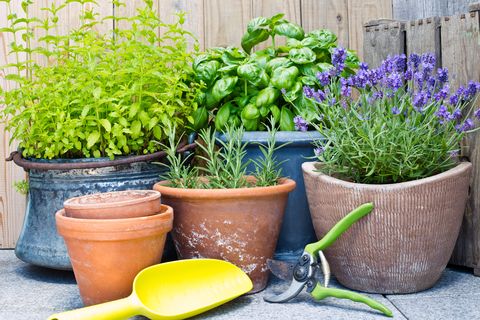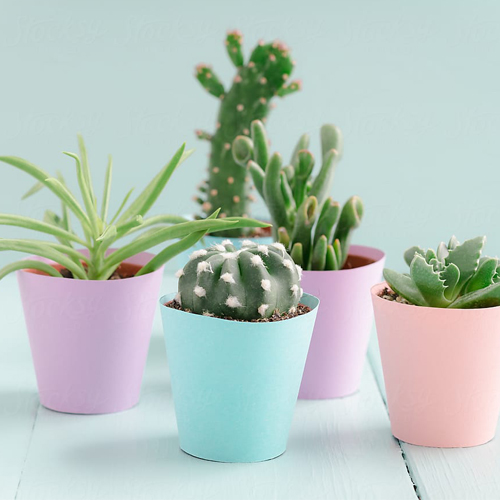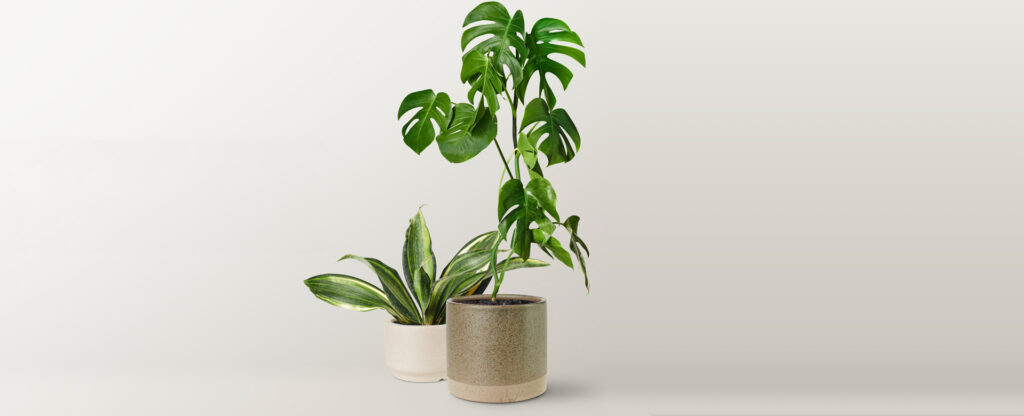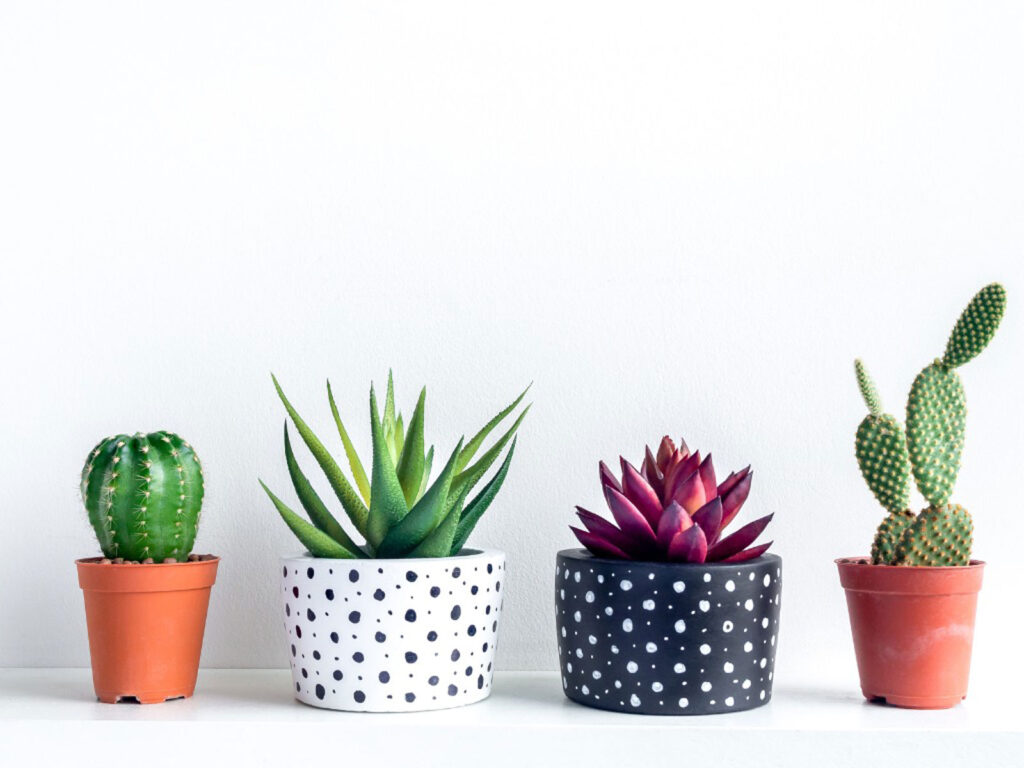Pots
Unlike clay, plastic is non-porous, which means it doesn’t let in or out as much moisture or oxygen. As a result, plastic planters retain moisture for nearly double the time of clay planters. That means if you’re the type that tends to forget to water your plants, plastic is probably a safer option than clay.






Pots Are Best For Plants
Our advice is to go porous. Porous ceramics like terracotta will dry more evenly than plastic pots, and any wood planter will dry even faster than terracotta. Ceramic planters also are great choices. And if you’re worried about weight, fiberglass planters are ideal for plants 8″ or larger in diameter.
Plants In Plastic Pots
Plastic does not have the wicking action that clay has making them an excellent choice for moisture-loving plants or for those gardeners who water infrequently. Plastic pots are made of inert materials and are considered safe for growing plants.
Large Potted Plants Vs Small Potted Plants
Your plant could become root-bound and exhibit stunted growth. Ideally, for a large plant, pots that are the same size it is growing in is preferable. When transplanting because a plant has outgrown its current pot, shift to a pot 2-4 inches larger in diameter.
Ceramic pots
Ceramic pots are the most popular type of containers for houseplants today. You’ll find them in all kinds of styles, colors, and sizes. At one time, the clay pot was the most common container for indoor plants.






